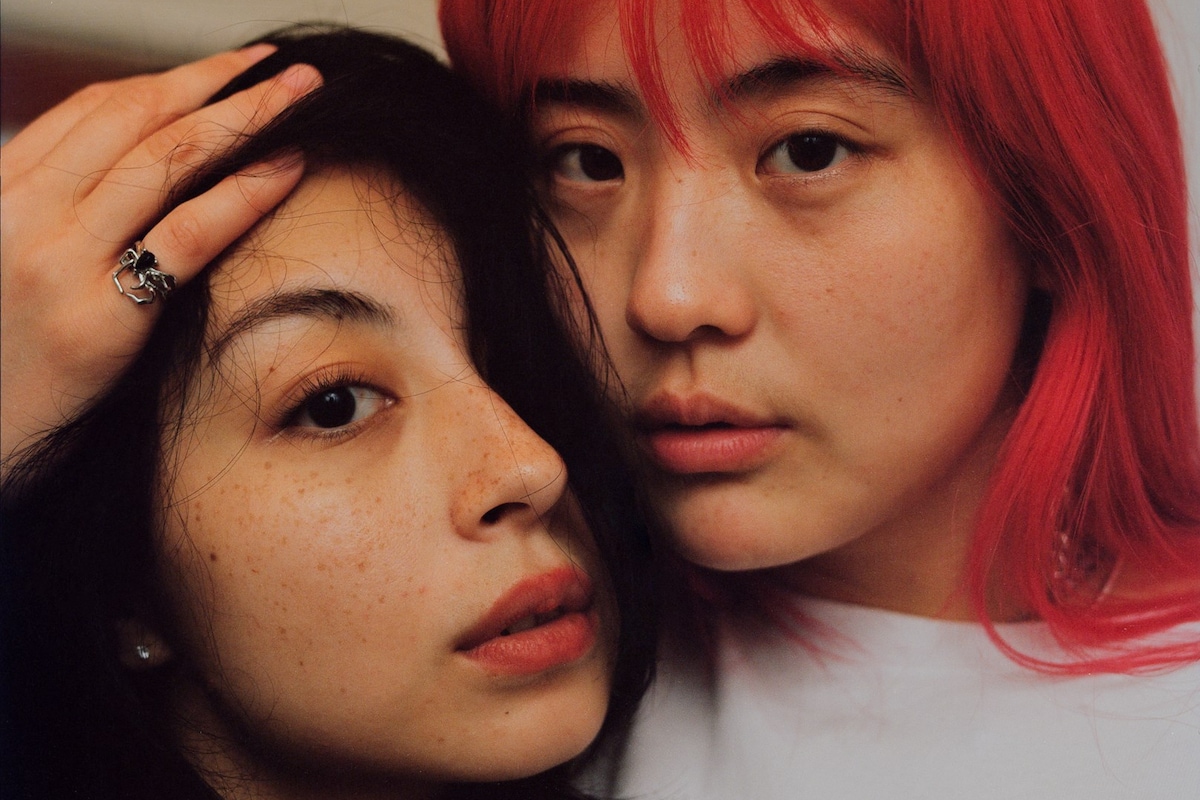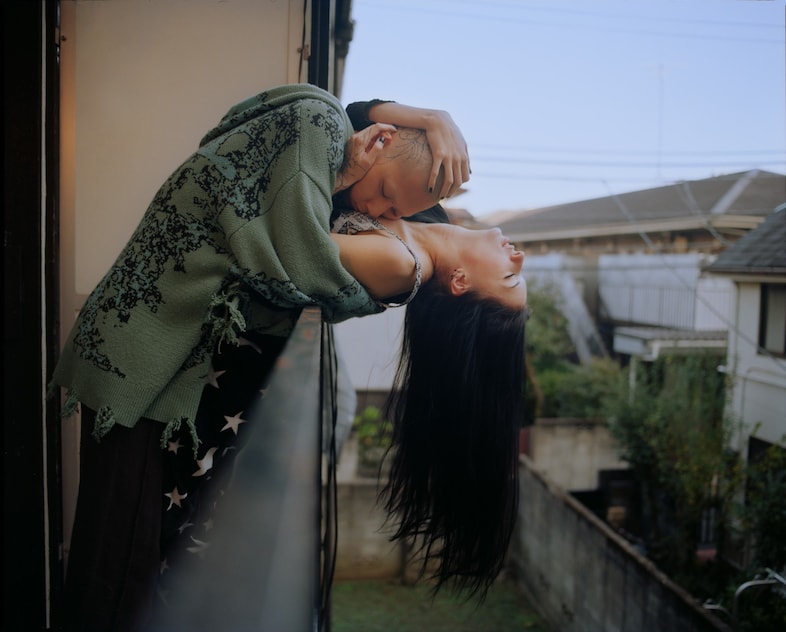Gili Benita, Shinmitsu16 Images
Seven years after photographing solitude in Japan, photographer Gili Benita returned to capture its opposite: connection. In his latest project, Shinmitsu, the photographer ventured into bedrooms, shared apartments, and sun-soaked play parks across Japan. As he documented moments of quiet interaction, Benita learned a new way to understand closeness. “It was Japan that made me search for this different kind of intimacy – a kind that doesn’t always announce itself, but that still holds so much weight and meaning.”
In Japan, this balance between the public self and private feelings is known as ‘tatemae’ (建前) and ‘honne’ (本音). Tatemae refers to the face people show to the world – usually the socially acceptable, restrained version of themselves – while honne is the true self, often kept private and shared only with close friends or family. The emotional space between the two became central to Benita’s work. “I see vulnerability as the bridge between the two,” he tells Dazed. “To move beyond tatemae is to risk being seen in a way that is raw, unguarded, and emotionally honest.”
Captured through a series of tender vignettes, Shinmitsu explores the delicate space where tatemae and honne meet. This tension has come to shape much of Japanese social life, explains Benita. “Japanese society can feel rigid at times, with clearly defined norms and limited space for emotional expression in public,” from his outsider perspective, Benita saw how these quiet moments of connection were a gentle push back against social expectations. “Whether it was a queer couple at their apartment, or best friends lying silently on the grass, their intimacy felt like a soft, unconscious act of resistance.”
Working with casting director Emma Schwarz, Benita stepped into these intimate spaces as he photographed couples, friends, and family members participating in these unguarded connections. Shinmitsu’s subjects include soulmates Hibari and Rein, the spiritually connected Harutaro and Malorie and aunt and nephew Anna and Noah. “Many of the people we photographed are part of Emma’s own network in Tokyo, and that trust and connection laid the foundation for the entire project. This collaborative process between me and Emma, and between us and the participants was truly invaluable.” While it required gaining an additional layer of trust, photographing in a place where he didn’t belong gave Benita a unique perspective. “It allows me to observe without assumptions, and to ask questions that I might not be able to ask in a place that feels more familiar,” he explained.
It was Japan that made me search for this different kind of intimacy – a kind that doesn’t always announce itself, but that still holds so much weight and meaning – Gili Benita
To document people in these intimate states, Benita was intentional about the environments in which he worked, often allowing participants to guide the setting. Rather than staging scenes, Benita leaned into places that already held emotional meaning and personal history. “In these environments, I noticed that people opened up more easily, not just to me, but to each other. The walls of performance came down, and something more vulnerable took their place,” he says. Many of these spaces carried personal history – a grandmother’s living room, a first apartment shared as a couple, or a favorite remote park of best friends. “That vulnerable, but safe setting helped us open up to each other, and at some points, even share private and deeper feelings, even though we just met.”
In these familiar environments, Shinmitsu reveals the small gestures that build connection: an arm wrapped around a partner’s neck, sparking cigarettes together, a hand resting softly on a family member’s shoulder. Benita explains, “I was drawn to moments when participants seemed to shed their public identity and allowed themselves to be fully present with one another. These weren’t performances for the outside world, but real and transparent exchanges.”
Through this process, Benita also discovered a personal journey unfolding alongside his photography. “For many of the people I photographed, the shoot itself became a kind of prompt – a reason to be present with each other, to laugh, to hug, or just to lie on the grass in silence.” Being invited into these intimate settings became a mirror for his own understanding of closeness and emotional honesty. “Every encounter made me question, and sometimes, find my own answers. Watching how others hold each other, how they create space for love or friendship, quietly made me rethink the kind of intimacy I long for, and how I’ve experienced it in my own life.”
Visit the gallery above for a closer.

 Photography Gili Benita
Photography Gili Benita Photography Gili Benita
Photography Gili Benita